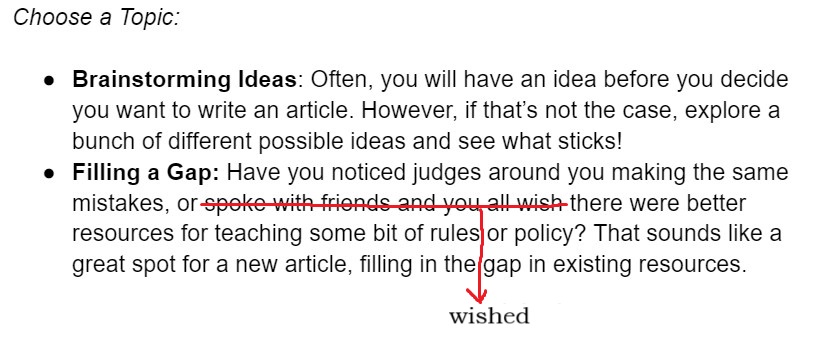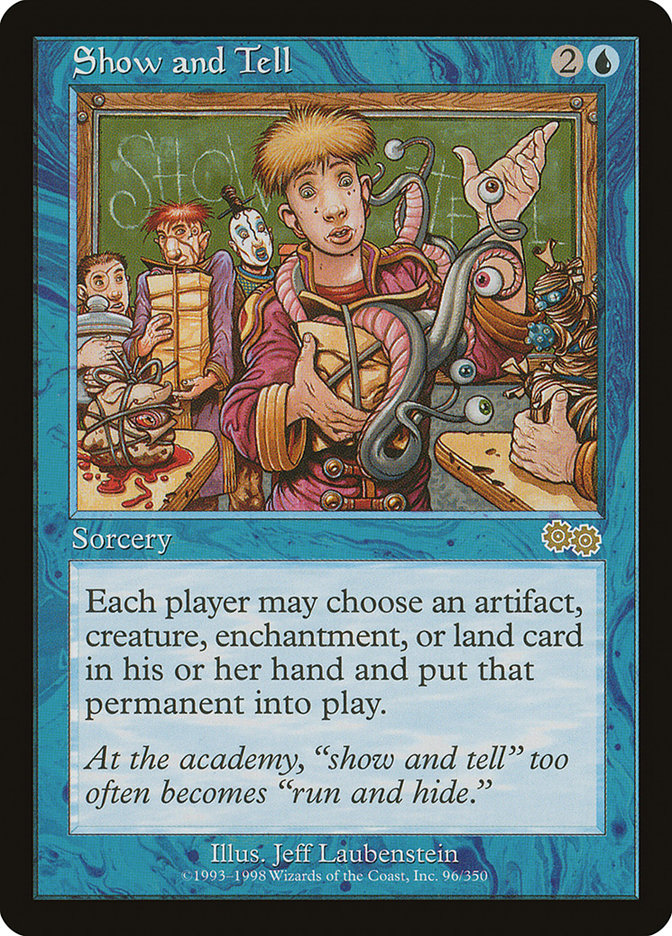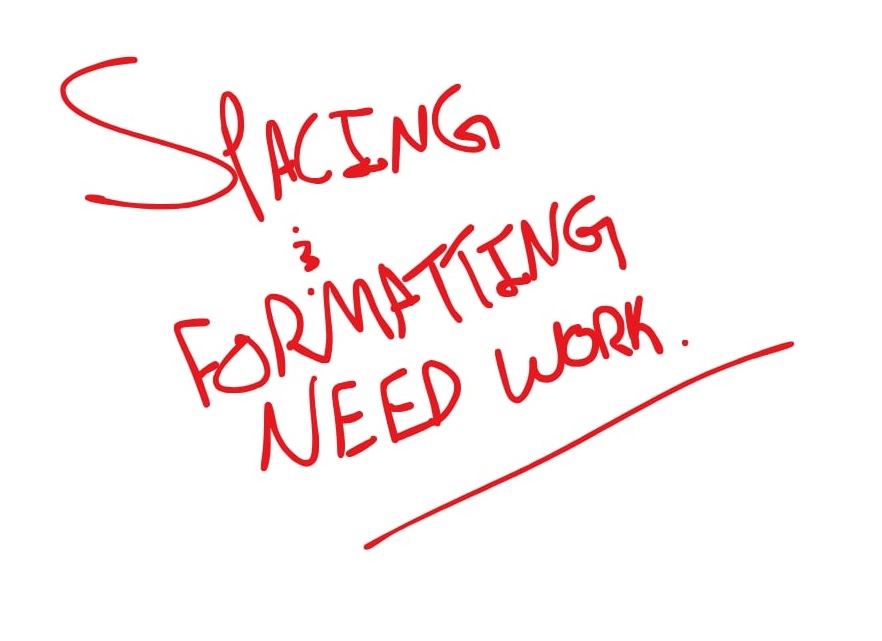What’s Going On?
Once upon a time, there was a project for sharing judge articles. There was a platform where judges could share their knowledge and help each other improve. Sometimes it was a place where experts could pass on their knowledge, and sometimes newer judges could demonstrate their growth and development. If they learned something, someone else can likely learn the thing, too!
A lot of things have changed in the judge world since then. Some things that should not have been forgotten were lost. History became legend. Legend became myth. For six years, the judge articles blog passed out of all knowledge. Until, when chance came, it ensnared a new group of judges.
Oh hey, that’s us! That’s right — a new group of judges has taken the reins of the judge blog project, and we are open for business.
What Does This Mean?
Keep your eyes on this space. Soon more articles will begin appearing here, and this blog will be a place where judges of all programs, from all around the world, will be able to share knowledge. We already have some good articles in the pipeline and we anticipate this announcement will prompt some more submissions.
That Sounds Neat. How Does It Work?
Judges write articles and then submit them to judgearticlesblog@gmail.com. The project will help look it over, communicating with the authors to make sure everything looks right — from the spelling and the layout to the rules and policy. When everything looks good we’ll publish it here. Anyone can submit an article, so don’t be afraid to reach out!


Crafting an article can also be a way to etch your name in the history books. Great judge articles stand the test of time and are passed on through the generations. Some articles inject new terms into the common vocabulary. Some offer insights into how things have changed over the years, and what has stayed the same. Some articles are revered as foundational texts on their concepts, even nearly a decade later.
Where Do I Start?

Introduction:
Developing this part of your article early helps you lay the macro foundations of your article. You can revisit this section as often as you need.
- Purpose: Briefly explain the purpose of the article. For example, this one is a guide on how to write an article… in the form of an article.
- Significance: Offer some insight as to why your topic matters.
Understanding Your Audience:
- Who Are You Writing For?: Judges who have a million events under their belt? New judges who are getting ready for their first prerelease? Decide from the beginning, and then base your content around that.
- Tone and Language: Use clear, neutral language. Avoid using jargon unless it’s well-explained. If your topic is more serious, have a more serious tone. If it’s more of a fun topic, feel free to crack some jokes!
Structuring Your Article:
Title: Develop a clear and concise title that conveys the essence of the article.
Introduction: Introduce the topic, explain why it’s relevant, and what the reader can expect to learn.
Body:
- Break content into sections with headings.
- Use bullet points or numbered lists for clarity.
- Include real-world examples, rulings, or scenarios to ground the discussion.

Writing Tips:
- Be Clear and Concise: Judges are often busy, so being direct and to the point is appreciated.
- Avoid Overcomplicating: Explain complex concepts in simple terms, and avoid excessive legalese.
- Use Examples: Practical examples or personal experiences make articles more engaging.
- Edit and Revise: Draft, revise, and get feedback before publishing. The members on the articles blog are a great resource for feedback!
- Citing Sources: If quoting from official documents (like the Comprehensive Rules), include citations.

Visual Aids:
Card Hyperlinks & Images: Be sure to include relevant images and hyperlinks to cards. This makes the viewing experience much more streamlined. We can help here!
Using Diagrams or Flowcharts: Help explain complicated scenarios and concepts with visuals.
Screenshots or Photos: Provide relevant visuals (e.g., how certain situations look in a tournament).

Conclusion
Writing for the Judge Articles Blog is an opportunity not only to share knowledge but also to contribute to a growing resource that benefits the entire judge community. These guidelines should serve as a baseline as you venture into article writing, but don’t be afraid to try new things and develop your voice to make your articles memorable and impactful.
Remember that each article has the potential to shape how we understand and apply our knowledge, which contributes to a stronger and more cohesive community. Be part of a legacy of judges who continuously push the boundaries of learning and growth. We’re excited to see what lies ahead!

